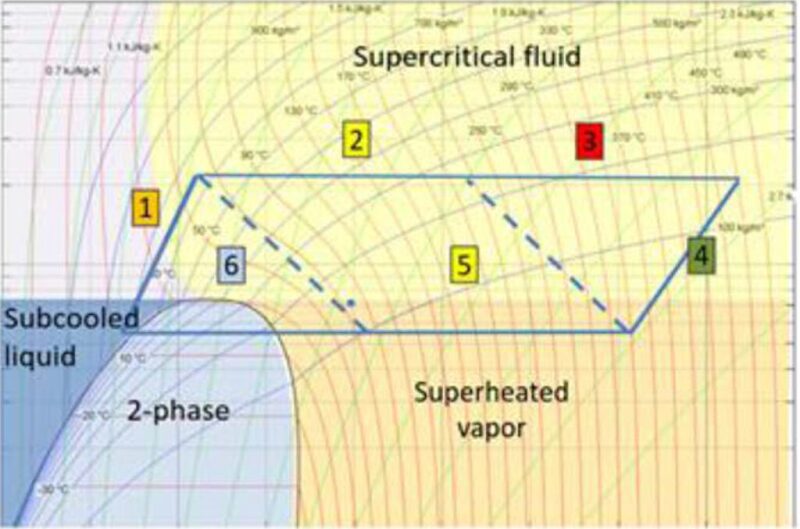The complete paper describes an advanced Rankine cycle process-based system that converts waste heat into usable electrical power to improve the efficiency of gas-compression stations on gas-production platforms and pipelines. Instead of steam, this system uses industrial-grade carbon dioxide (CO2) in the supercritical state as the working fluid.
Introduction
Globally, rejected heat is estimated to correspond to approximately 65% of net energy input across the industrial infrastructure, with numbers varying from 60 to 70% depending on the region. Considerable waste heat is ejected from equipment such as the gas turbines commonly used in mechanical drive applications found in the compression processes of gas-production platforms and transmission pipelines. Recently, a technology that supports energy recovery from heat rejected from a broad range of industrial processes has become available to the oil and gas industry.


